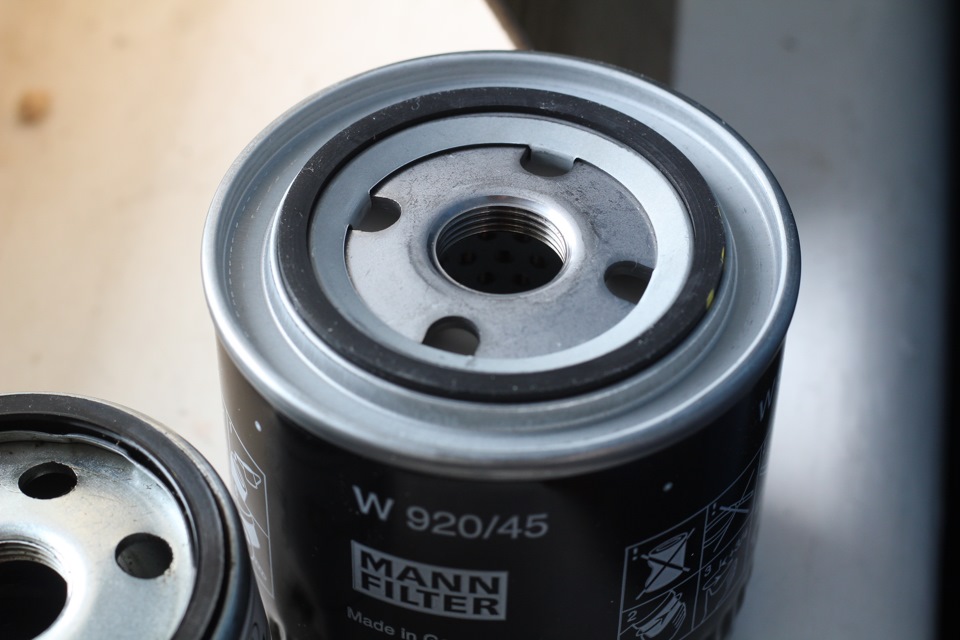You must look at this in terms of volumetric flow and not just area; it's fluid velocity AND area that matters to understand total flow.
However, if we assume velocity is a constant for any given example, area is the deciding factor.
Further, you CANNOT accurately state that four holes that are 6mm in size = one hole 24mm in size; it does NOT work that way.
Anyone who's ever used a pipe-chart to select water/gas pipe for installation knows this.
Anyone who's ever worked with fluid flow for a living knows this.
Anyone who's ever passed a simple geometry class knows this.
Anyone but a BITOGer ....
(sigh ......)
where TT = pi (there's no "pi" symbol on my keyboard, so I'm using TT as a close look alike)
r = radius
squared = exponential factor 2 (there's no suspescript feature on my keyboard either)
Examples:
four holes, 6mm in diameter; Total Area = TT x (r)squared, multiply x four holes ........... 113 square mm
one hole, 24mm in diameter; Total area = TT x (r)squared .................. 452 square mm
presuming that velocity is held as a constant and therefore can be ignored, the one 24mm hole will flow about 4x more than the four 6mm holes ...
Just saying ...
I also agree that the actual inlet to the engine (vs. outlet of the filter) is governed by the ID of the pipe nipple thread mount, not the ID of the filter base threads, so there's that, too ...
Don't confuse the flow rate which is occurring, given the pump speed (based on engine speed) with flow capability of the filter. The MAX FLOW RATE of the filter would have to be derived by knowing the MAX intended designed velocity of the fluid, not just what the engine is going to potentially push. And it will also depend upon the media restriction; another variable.
You cannot know the fluid flow of the pump by only knowing the PSI; does not work that way. You must know the volumetric flow of the pump. A pump can push 90 psi at 10 gpm or 90 psi at 10 gph, depending upon restriction(s). NEVER confuse volumetric flow with pressure; both are dependent upon area, but they are two different topics (flow vs pressure).
Generally, trust the engineers and go worry about your favorite sport's team.






